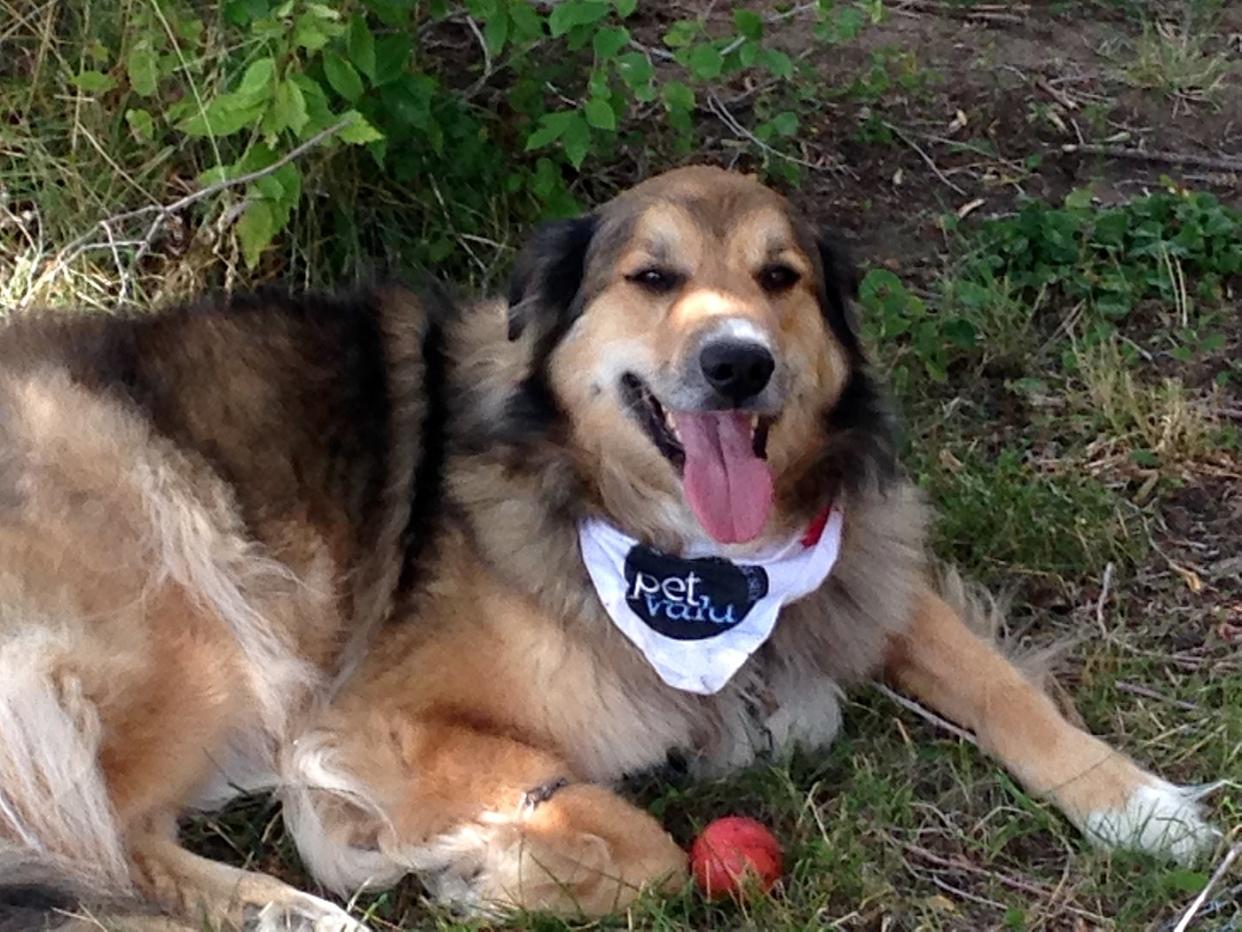Village of Big Valley council feels animal control rules too vague

The Village of Big Valley council wants to tweak a bylaw that may be too generic for the community, while also illustrating the issues facing a small municipality with a limited staff.
At their regular meeting June 17 councillors read a report from Chief Administrative Officer (CAO) Colleen Mayne regarding the village’s animal control bylaw. In a phone call to the ECA Review June 24 Mayne related council’s comments and decision.
In her report to council Mayne described issues the current animal control bylaw raises. “The most recent animal control bylaw was passed in June, 2022,” stated Mayne’s memo. “The bylaw discusses both dog and cat licensing, offences and responsibilities of owners and enforcement of penalties.
“The primary contention with complaints received from village residents relates to cats running at large, not wearing a collar or on a leash and defecting on property not owned by the cat owner. Although the bylaw requires all cats be licensed for an annual fee, only two cats within the village are actually licensed.
“It is unknown how many cats are legitimately owned by village residents and how many others have no owners.”
Mayne noted in her phone call the animal control bylaw appears to have essentially been “cut and pasted” from another community and wasn’t necessarily tailored to Big Valley’s strengths and challenges.
For example, she pointed out within the current bylaw there are exemptions for how long visitors to the village can have unlicensed pets, but eventual penalties for visiting pets are virtually unenforceable.
As well, the bylaw appears to have been written for a large municipality with a more expansive staff; the CAO pointed out she often acts as bylaw officer and someone challenging an animal control bylaw ticket could force the village to go to court which involves a prohibitive amount of time and money.
Mayne also pointed out in her report to council that Big Valley’s current approach to cat complaints, the issuing of a village-owned cat trap, holds its own problems.
She provided councillors with a report from the Alberta SPCA titled, “The legalities of cat traps.” The report stated that although property owners have a legal right to catch trespassing animals, “...there can be serious legal ramifications for the person doing the trapping if the animal is harmed in the process.
“The moment the cat is trapped, the person who set up the trap has the legal responsibility to ensure the health and welfare of that animal. If the cat becomes distressed, the property owner can be charged under the Animal Protection Act.” It was also noted harming, abandoning or killing a cat in such a way can result in charges under the Criminal Code (CC).
The SPCA report stated a property owner with an occupied trap has three options: release the cat and hope for the best, take the cat home if the feline’s owner is known or take the cat to a municipal animal care facility.
After discussion councillors unanimously passed a resolution instructing the CAO to draft a new animal control bylaw that reflects all the issues mentioned and bring it back for consideration at a future meeting.
Stu Salkeld, Local Journalism Initiative Reporter, East Central Alberta Review


